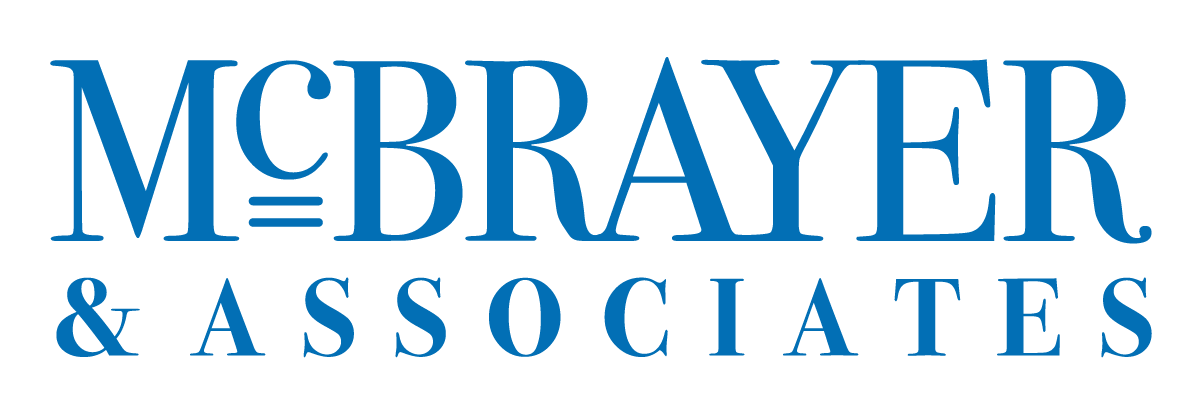3 Important Phases of Buying That You Need to Know

When buyers evaluate their businesses, they identify aspects that need improvement. Usually, they notice problems that need resolving or opportunities that should be realized. Because of these evaluations, sellers do not control the flow of information: buyers have that power.
With the shift in knowledge, the buying process changed dramatically. Now, buyers engage with salespeople much later in the selling process. Much of the time, buyers only contact sellers after they have made their decision.
So how can we as sellers take that power back?
In order to understand what the buyers need, and when they need it, Program on Persuasion’s corporate sales training has developed an easy-to-understand map of the new Buyer’s Journey. This post details the specific pattern that buyers follow when considering changing suppliers, buying something new, or making a big change. We have detailed the pattern in three easy-to-grasp stages below so that the seller can guide the business relationship.
The Shift in Power and Information
Because sellers no longer control the flow of information (buyers now have that power), the buying process has changed dramatically, and so has the business relationship. Buyers engage with salespeople much later in the deciding process, and oftentimes after they’ve already made their decision.
Suppliers adapted to this change by offering more of the type of information buyers look for online and expanding their inside sales tools. For the most part, though, buyers are wildly inefficient in helping themselves with their difficult buying decisions.
Sophisticated buyers realize that they don’t know what they don’t know. Program on Persuasion’s corporate sales training teaches how to guide buyers in their knowledge, how to show them what they need.
Evaluation
When buyers evaluate their business, they identify aspects that need improvement—either problems that need to be resolved or opportunities that need to be realized. In order to understand what the buyers need and when they need it, we must understand the Buyer’s Journey. The Buyer’s Journey is a specific pattern that buyers follow before they change suppliers or buy something new, and our corporate sales training teaches it in three important phases.
Phase 1, The Idea
Problem Education
The first phase in the buyer’s journey is the idea that a problem or opportunity to improve exists. In this stage, buyers educate themselves: they may get their information from sources such as peers or colleagues, online independent sources, or vendor websites.
Regardless of where they are learning, buyers do not want to be disrupted by a salesperson until they have realized that they have a problem or opportunity. Until that point, they regard meeting with a buyer with a seller as a waste of their time.
However, this is not always the case. Buyers report that some buyer-seller meetings are so valuable they would have paid for just the meeting itself. Nevertheless, there exists a huge gap between the type of interaction the buyer wants from the seller and what s/he typically gets. Program on Persuasion’s corporate sales training shows how to guide that interaction so that the business relationship in the most effective way for both parties.
Phase 2, Possible Solutions
Solution Education
During the second step in the buyer’s journey, buyers educate themselves on possible solutions. It’s important to note that buyers are engaging salespeople much later in the buying process because they can research on their own. In fact, many buyers do not interact with a salesperson until after they have made their purchasing decision. Although this fact is discouraging, we still need to know why they choose this situation: buyers increasingly find salespeople to have little value during the first two steps of their journey.
If we can begin the business relationship sooner, however, we can establish ourselves as a think-partner who does have very valuable information.
Phase 3, Solution Selection
This final phase—that of the solution selection—is often the first time the seller actually meets the buyer, where the business relationship often begins—which is, of course, a very undesirable position for the seller. Sellers want to be a part of the process all the way through so that we can help guide the prospect.
Buyers want answers, but they don’t trust that the salesperson can help, and so they don’t meet with the salesperson. Program on Persuasion’s corporate sales training shows how to become the valuable salesperson. We bring problem solution and solution education to the buyer and are then welcomed into the business relationship and buyer’s journey in the earlier phases. When you understand the buyers’ persona, you can map their journey by supplying the type of information they need and positioning yourself to help the buyers navigate their way. When the seller helps the buyer on the journey, the buyer rewards the seller with his/her business.
Conclusion
Rather than forcing the buyer into our sales process, Program on Persuasion’s corporate sales training shows that we must instead meet them on their buyer’s journey. Buyers want help along their journey—remember, buyers are willing to pay to meet with a specific type of seller—but they do not find traditional salespeople worthwhile. In our training, we show how to meet the buyer on their journey and establish a productive business relationship for both parties.
Photo by Michael Ramey.
